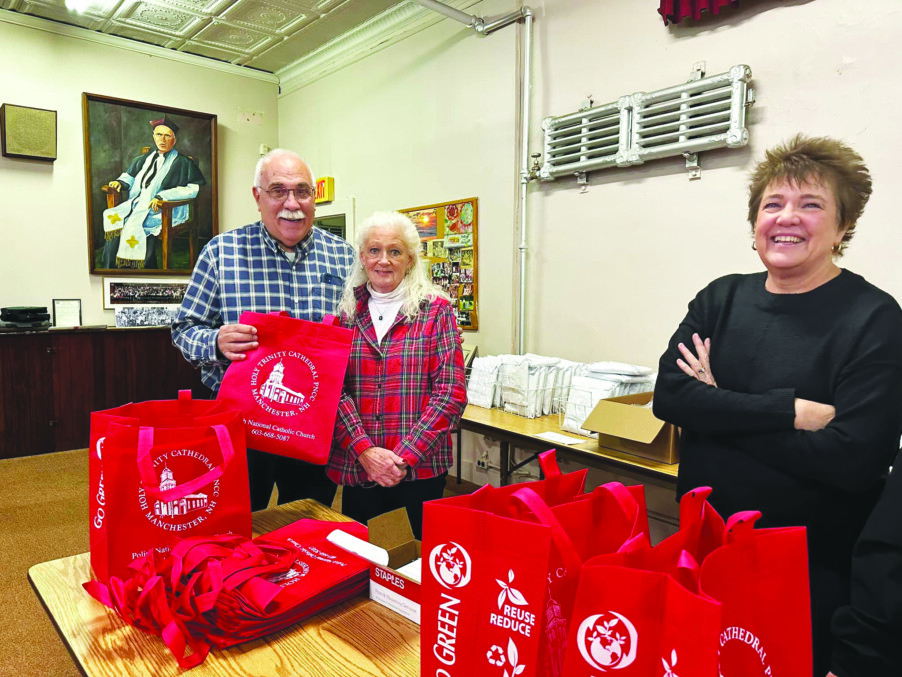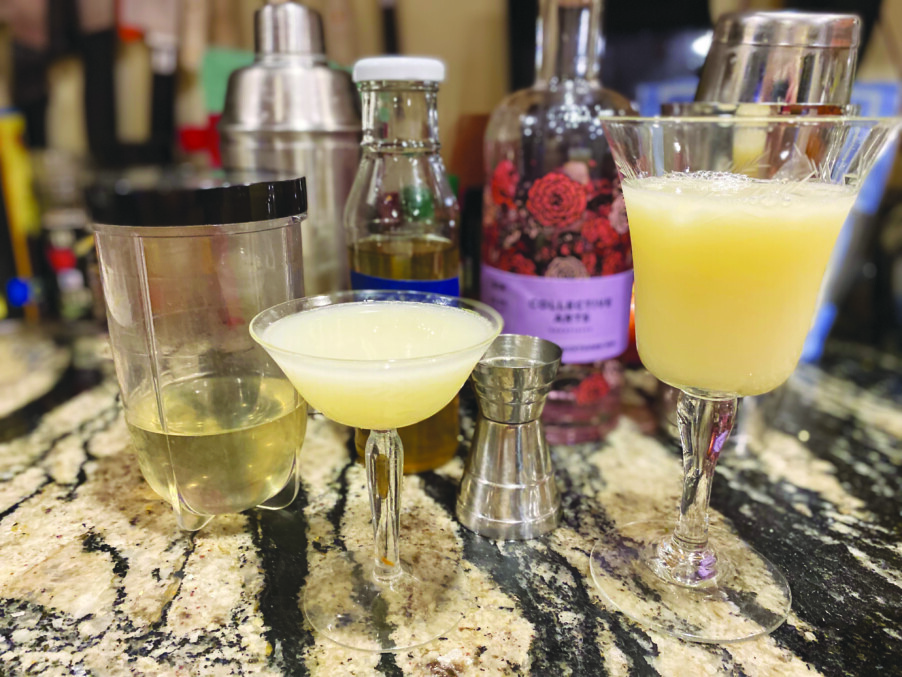Limes
You’ll need around 4 limes, altogether
Cake
2¼ cups (284 g) heavy cream – cool, but not cold
1½ cups (297 g) sugar
2 teaspoons kosher or coarse sea salt
4 eggs + 1 egg yolk
1 Tablespoon baking powder
3 cups (318 g) pastry or all-purpose flour
Frosting
4 cups (908 g) very cold heavy cream
An 8-ounce package of mascarpone cheese
¾ cup (86 g) powdered sugar
1 Tablespoon vanilla paste or extract
½ teaspoon salt
Mangoes
4 large, ripe mangoes, peeled and chopped
Preheat oven to 350°F. Grease and line two cake pans with parchment paper.
Zest and juice all four limes. Set them aside — they’re going in everything; if the mangos weren’t so dramatic, this would be the base for a very credible lime cake.
With a hand mixer, or in a stand mixer, combine 1 teaspoon or so of lime zest, 2 Tablespoons of lime juice, the smaller amount of heavy cream, sugar, and salt. Beat the mixture until it looks like whipped cream (which it mostly is). Mix in the eggs and yolk, one at a time, then the baking powder and flour, a few spoonfuls at a time. Beat everything until it is completely mixed; you might have to scrape down the sides of the bowl once or twice.
Divide the cake batter between your two prepared cake pans, and smooth the tops out with an offset spatula or the back of a spoon. Bake for 35 to 40 minutes, until they are golden brown and a toothpick comes out clean. Remove from the oven, and set aside to cool.
When the cake has cooled, start making the frosting. (If you’ve always wondered what the difference is between icing and frosting: frosting is fluffier. This will be very fluffy.)
Combine another teaspoon or so — more, if you’re feeling daring — of lime zest, another two Tablespoons of lime juice, and the rest of the frosting ingredients together with your hand or stand mixer. Go slowly at first. As the mixture starts to thicken up, gradually boost the speed to medium-high. Beat the frosting until it is thick and fluffy.
Peel and chop your mangoes, then toss the chunks in lime juice to keep them from darkening. Set them aside.
If the cakes are cool, take them out of their pans, peel the parchment paper from their bottoms, and carefully cut them in half horizontally, giving yourself four thin layers.
Glop a generous amount of frosting onto the first layer of cake, and spread it out to cover the whole surface. An offset spatula is a very good tool for this. Alternatively, the back of a large spoon will work. Sprinkle ¼ of the mango chunks on top of the frosting, then top them with another layer of cake. Repeat the process, until you have four layers of cake stacked, a large handful of mango chunks left, and about half the frosting left in your bowl.
Use the rest of the frosting to generously cover the top and sides of the cake, then top it with the remaining mango pieces. Make peace with the fact that the plate the cake is on will be a mess. Don’t worry. When you’re done, wipe it down with a paper towel, and you’ll look like Martha Stewart.
When you’re ready to serve the cake, run a chef’s knife under hot water before each slice, to make the slices come out cleanly.
This is a real showstopper of a cake. It looks magnificent and tastes very classy. The frosting isn’t very sweet, so you get sophistication points, but the cake is, so things even out. The lime-cured mango gives off little pops of flavor in most bites. Given what an extravagant cake this is, you’ll get a surprising amount of credit for your restraint.






